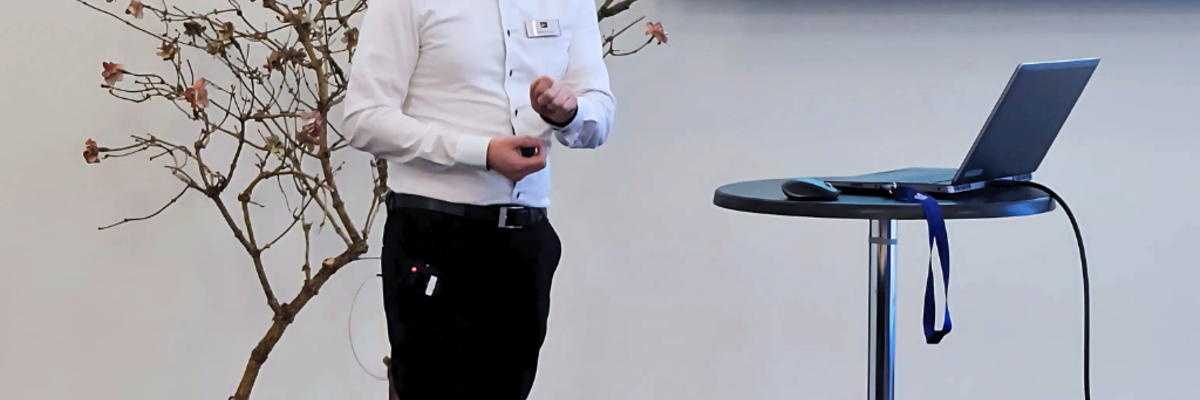3D Scanning: A game changer for the art, culture and design world
3D Scanning: A game changer for the art, culture and design world
After a presentation by Zebicon to the Nordic Association of Conservators, 3D scanning has proven to be an eye-opener for conservators' future work with cultural heritage conservation.
3D scanning is changing the way we work with art and cultural heritage. Zebicon's CTO Kasper Fedde Krogh recently demonstrated this at the Nordic Association of Conservators' network meeting, where he showed scans of Viking ships, the Jelling Stones and stucco artworks to the many curious conservators.
Here, many realised how 3D scanning can streamline and clarify the conservators' work in the future:
"It was all something we as conservators can relate to, and seeing a scan being made was great! Everyone I talked to afterwards was really excited and also said that it's a disaster how many man hours we spend on ‘analogue’ registration.
And despite our best efforts, we will of course never be able to achieve the same precision as with 3D scanning - so it was an eye-opener for many people how much of a help 3D scanning can be." says conservator Marie Vest-Hansen after Kasper's presentation.
In addition to ensuring the preservation of cultural heritage, 3D scanning also paves the way for many other applications - from quality control and material analysis in the industrial sector to design optimisation and reverse engineering across the creative industries.
Zebicon looks forward to continuing to help cultural institutions and creative professionals realise the technology's potential and preserve history for future generations.
Want to know more about the challenges 3D scanning can solve?
Read more here and discover how 3D scanning can help you optimise your process.
